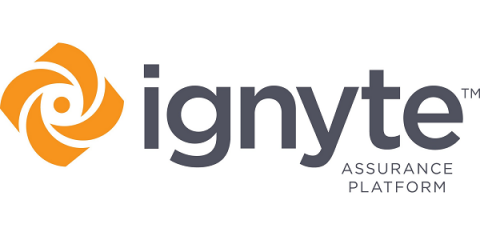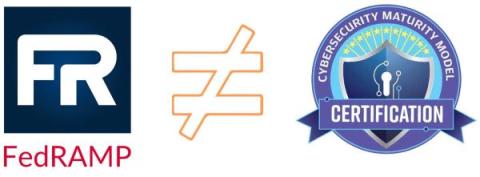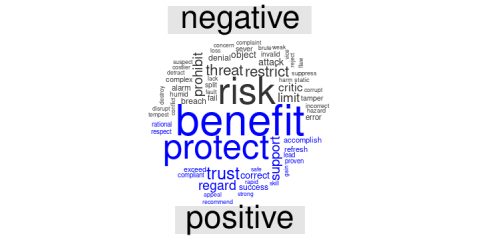FAQ: What Is DFARS Compliance and How Does It Work?
The Defense Federal Acquisition Regulation Supplement, better known as DFARS, has significance for contractors working with the Department of Defense (DoD). Our intention is to offer a comprehensive perspective on DFARS in the context of cybersecurity, its various clauses, and the intricacies of maintaining compliance as these rules constantly shift and change over time.





